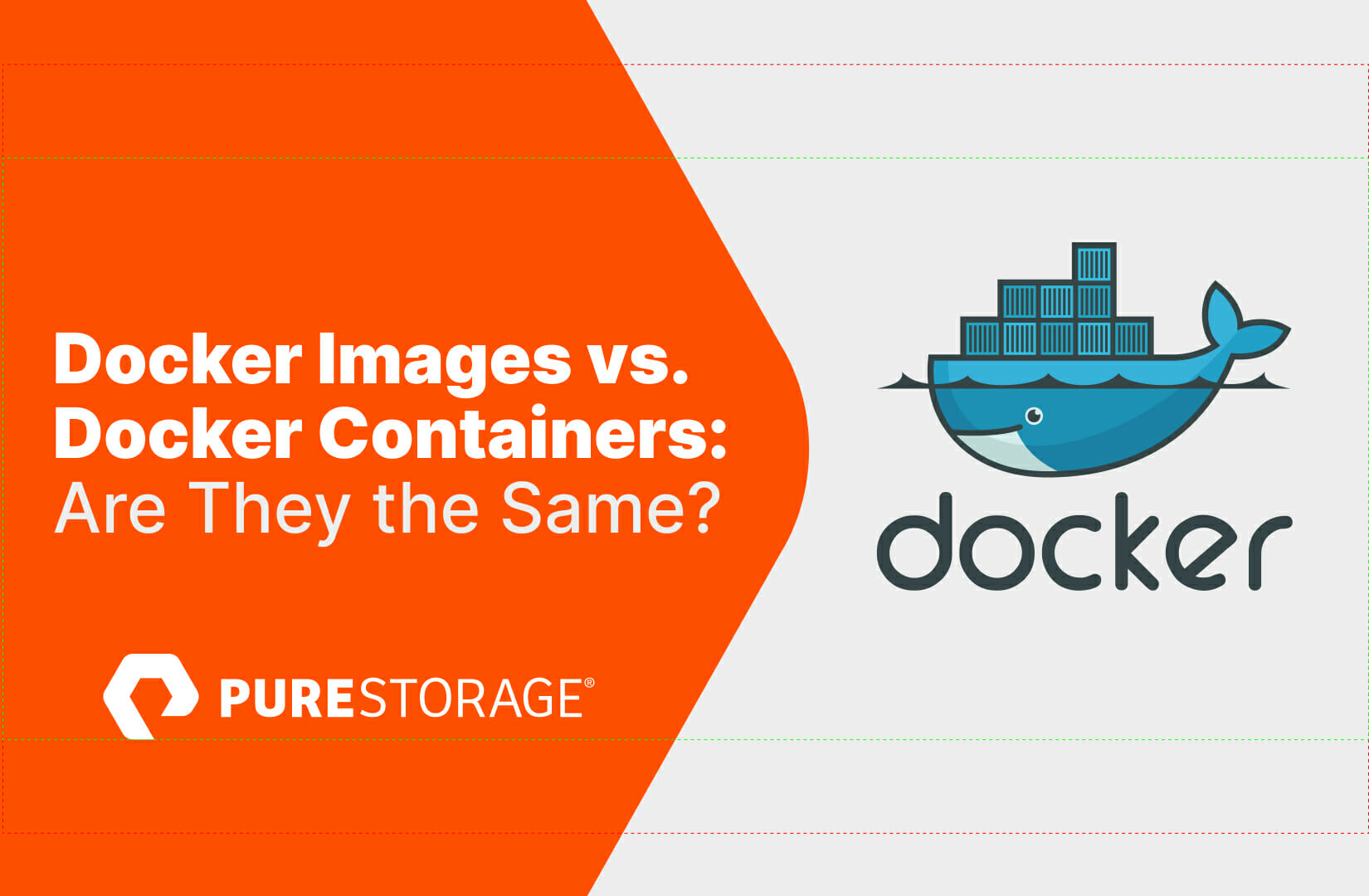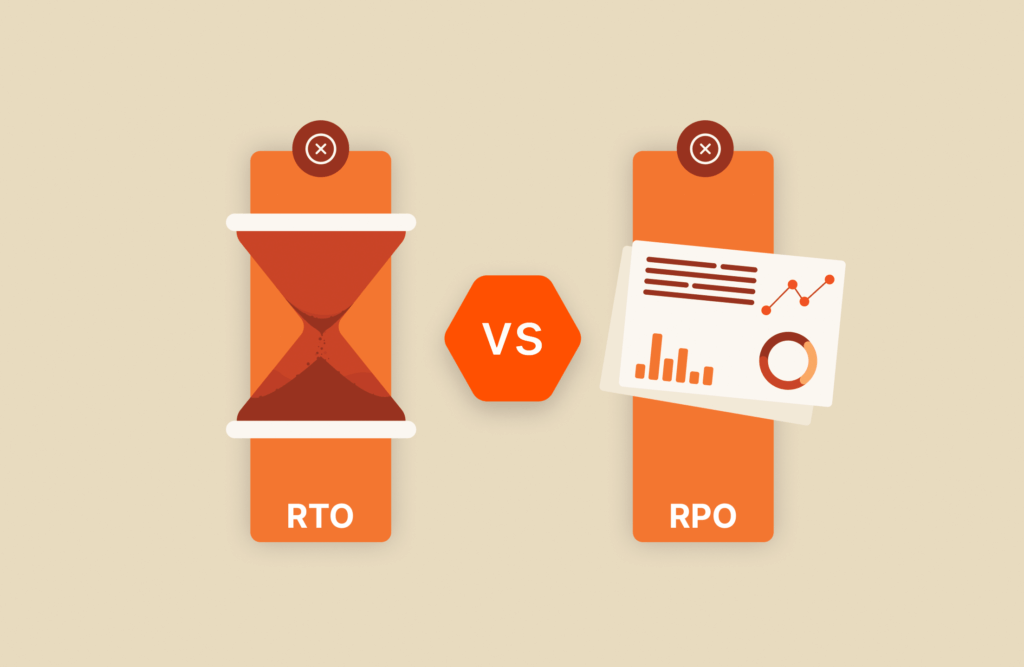Docker images and Docker containers are not the same. A Docker image, also known as a Docker snapshot, is an immutable template for creating a Docker container.
What Is a Docker Container?
A container is a software package containing everything an application needs to run quickly and reliably from one computing environment to another.
What Is a Docker Image?
A Docker image is an unchangeable file that contains the source code, libraries, dependencies, tools, and other files required for a Docker container to run. A Docker image is essentially a snapshot of a container. Images are stored in a Docker registry, and because they can become quite large, they’re composed of layers of other images, which minimizes the amount of data that is sent when transferring them over a network.
Docker Images vs. Containers: Are They the Same?
Docker images and containers are closely related, but they’re not the same thing. Images are templates for running containers. They’re like container blueprints that form the basis for how a container runs. In other words, a container is ultimately just a running image.
When to Use a Docker Container
Use a Docker container whenever you need to quickly ship, test, and deploy code by reducing the time between writing code and running it in production. The ultimate utility of Docker is to enable you to separate your applications from your infrastructure so you can deliver software quickly.
Lightweight and fast, containers also provide a viable, cost-effective alternative to hypervisor-based virtual machines, allowing you to maximize compute capacity for achieving your business goals. Docker containers are a great fit for high-density environments and small- to medium-sized deployments where you need to do more with fewer resources.
Docker Images vs. Containers: FAQs
In Docker, are the image ID and container ID the same?
No—the container ID identifies a container and the image ID identifies an image. Think of it as a movie and a scene: A movie has its own tags and identifiers and so do scenes within a movie. Every image created or pulled from Docker Hub is stored in a filesystem and can be identified by its name and tag and also by its image ID. Likewise, every container has a separate container ID.
Why is the image called the container image?
A Docker image executes code within a Docker container. Think of the image as the recipe for a cake and the container as the cake itself. You can create many containers from the same image, each with its own unique data and state. Therefore, a Docker image can be called a container image because that’s essentially what it is: an image of a container.
Is a Docker image a container?
No. They’re very closely related, but they aren’t the same thing. Containers rely on images and images are required for containers to run.
Get Container Storage as a Service
Safe, reliable data storage is key for the smooth running of your containers. Portworx® provides a fully integrated and secure persistent storage solution for your Kubernetes workloads.
With Portworx, your developers get all the benefits of a single data platform for all your cloud-native needs, including the flexibility to run on any Kubernetes distribution, any cloud, or any on-prem infrastructure.
![]()




